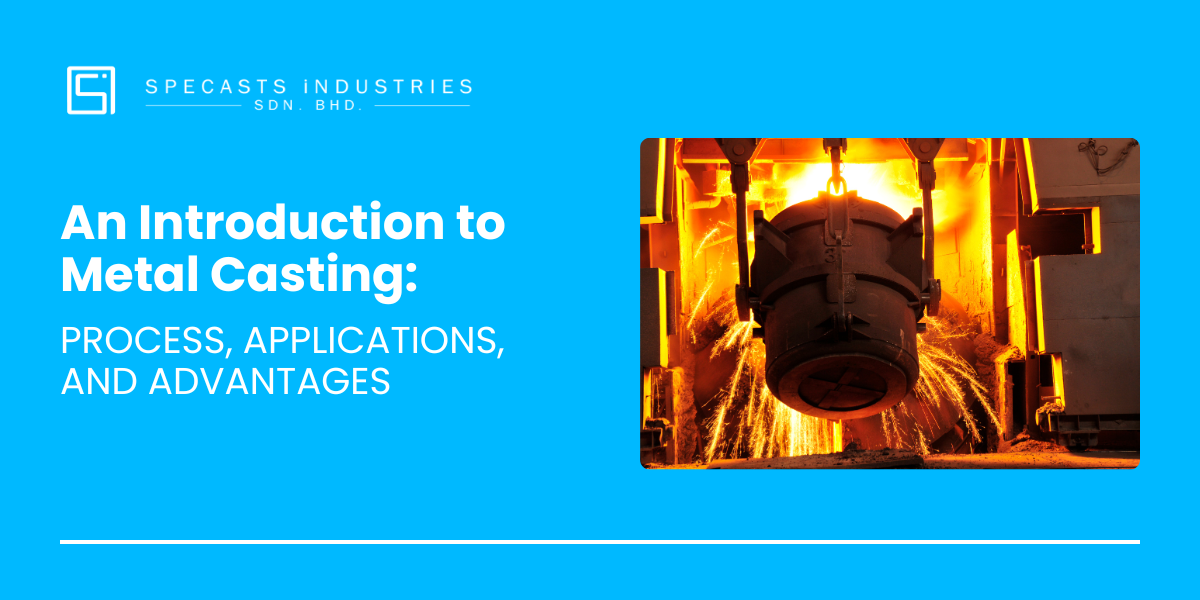Metal casting is one of the oldest and most versatile manufacturing processes, with roots that trace back thousands of years. From the creation of intricate jewelry to the production of massive industrial components, metal casting remains a fundamental technique in manufacturing. But what exactly is metal casting, how does it work, and why is it still so widely used today? This blog post will explore the basics of metal casting, its various applications, and the advantages it offers
Metal casting is the process of pouring molten metal into a mold to create a desired shape or object. Once the metal cools and solidifies, the mold is removed, leaving behind a cast object that precisely mirrors the shape of the mold cavity. This method is particularly effective for producing complex shapes and components that would be difficult or impossible to achieve through other manufacturing techniques.
The metal casting process can be broken down into several key steps:
There are several methods of metal casting, each suited to different materials and applications:
Applications of Metal Casting
Metal casting is used in a wide array of industries due to its ability to create complex shapes and large-scale components. Some of the key applications include:
Advantages of Metal Casting
Metal casting offers several distinct advantages that make it a preferred manufacturing method for many applications:
Metal casting remains an indispensable process in modern manufacturing, offering unparalleled versatility and efficiency. Whether you’re creating intricate components for aerospace applications or large structural parts for construction, metal casting provides the tools needed to bring your designs to life. Understanding the basics of metal casting can help you appreciate its significance in various industries and make informed decisions when selecting the best manufacturing method for your projects.
